Let’s take a look at the history of the Babolat Pure Aero series (previously called Aero Pro Drive). It is one of the bestselling racquets of all time.
In 2003, Rafael Nadal was still swinging a Babolat Pure Drive strung with Duralast strings. Most people knew he had massive potential, but few could imagine he would become the legend he is today. Babolat most have had some kind of hunch though because they develop the Aero Pro Drive (which later became the Babolat Pure Aero) for Nadal.
Check out the racquet Nadal endorses (the Babolat Pure Aero) at our affiliates Tennis Warehouse, Tennis Warehouse Europe and Tennis Only.
The idea was to create a racquet that would help Rafa create even more topspin. The innovation: the aerodynamically designed beam. Hence, the name Aero.
“When we understood how strong he would be, we decided to build a new racquet completely adapted to his game. A racket that focuses on power and spin,” explains Eric Babolat, CEO of Babolat in the Babolat insider.
The Pure Aero was designed with the technical collaboration of players and the Babolat R&D team beginning in 2004. Later in 2004, Nadal would bring it to court. This was a breakthrough year for the Spaniard. In Miami, he beat Federer in their first meeting in Miami.
Aero history – The original 2004
The Babolat AeroPro Drive Original came out in 2004. It is the Aero with the rawest feel and the one Nadal uses under paint jobs still today. It does not have the Cortex dampening system or any other fancy tech. The focus is on the Aero beam. This is my personal favorite in the history of the Aeros. The string bed of this racquet feels more controlled to me than the other versions. If you are a flatter hitter and want to try a Pure Aero – this is the one. Just ask Rafa.
In 2007, Babolat releases the update to the AeroPro Drive Original. It had a plastic-looking piece in the throat. This was called Cortex and was supposed to dampen racquet vibrations and make it more comfortable. The feedback was so-so from many players. The racquet felt more hollow and dampened than the Original. It also had a lower swing weight.
Babolat AeroPro Drive 2010
The 2010 version still had Cortex, but also included GT technology. What is GT? Graphite tungsten. It was there to increase stability. But was it really there? Babolat actually got sued for not including graphite tungsten in their racquets. The US lawsuit also included the claim that pro players were not using the racquets they claimed to be using. This is now kind of common knowledge and racquet manufacturers have now been forced to write “endorse” instead.
In general, the 2010-2012 version felt a bit more stable and generally had a higher swing weight than the Cortex version.
Babolat AeroPro Drive 2013
The 2013 edition of the AeroPro Drive included an update to the Cortex technology called Active Cortex. The idea is to only transmit the so-called useful feedback to the player and eliminate the harsh vibrations. I am not sure how this works (or if it does, as the racquet is still pretty stiff), but this was one of the most popular models in the AeroProDrive line.
French pro player, Adrian Mannarino, used Twitter to try to get a hold of more retail racquets of this version. This is a bit strange considering that a player of his stature should be able to get a sponsorship contract from Babolat, but who knows what is going on behind the scenes.
Babolat Pure Aero 2016
In 2016, Babolat decided to rename the series to Pure Aero, which better aligned with Pure Strike, Pure Drive and Pure Control (before it was discontinued). Babolat wrote this on their website:
As a result of extensive Babolat R&D testing, the technological updates to the Pure Aero frame allow for more spin production than previous Aero iterations.
The beamwidth, weight, and balance and other specs were very similar, but Babolat introduced two technologies:
Aeromodular2 technology improves aerodynamics for faster racket speed (according to internal tests). To create more speed through the air, the frame is optimized and wind resistance is decreased thanks to the integration of the Woofer system and Cortex inside the frame (the Cortex was moved from the handle).
Babolat also introduced FSI Spin technology with a redefined sweet spot, oblong grommets (so-called Spin grommets) at 6 and 12 o’clock, and a more open string pattern for increased string movement.
This racquet became extremely popular and can be seen pretty much anywhere you find a tennis court.
I found this racquet to offer more power and stability, but perhaps a little less control and feel than the predecessor.
Babolat Pure Aero 2019
In 2019 the Pure Aero returned with a banana-inspired yellow design and a softer feel thanks to the move of Cortex to the 3 and 9 positions. It wasn’t as stable as its predecessor, but more comfortable on the arm and with a more connected feel to the ball. I thought this was the best Aero racquet since the Original. You can read more about my thoughts in my 2019 Pure Aero racquet review.
Summary
Where will the Aero go next? Well, the Pure Aero VS (the 98 sq inch control-focused version) just got an update which I hope to review shortly. And I guess we might see an update to the Pure Aero in 2021 or 2022. It is one of the most popular racquet lines for a reason. It gives you easy spin and power and a forgiving sweet spot. It also offers a tad more comfort and control than the Pure Drive, which I think a lot of players appreciate.
It is a fun racquet to use, but if you are a flat hitter you might find the ball sailing on you a bit at times. The Pure Aero is meant to be a #spinmachine and that is why you will see a lot of juniors and aspiring young players swinging this racquet. It has become an icon in the modern game.
What do you think of the Pure Aero line of racquets? Which one is your favorite? I will be old-school and go for the Original.
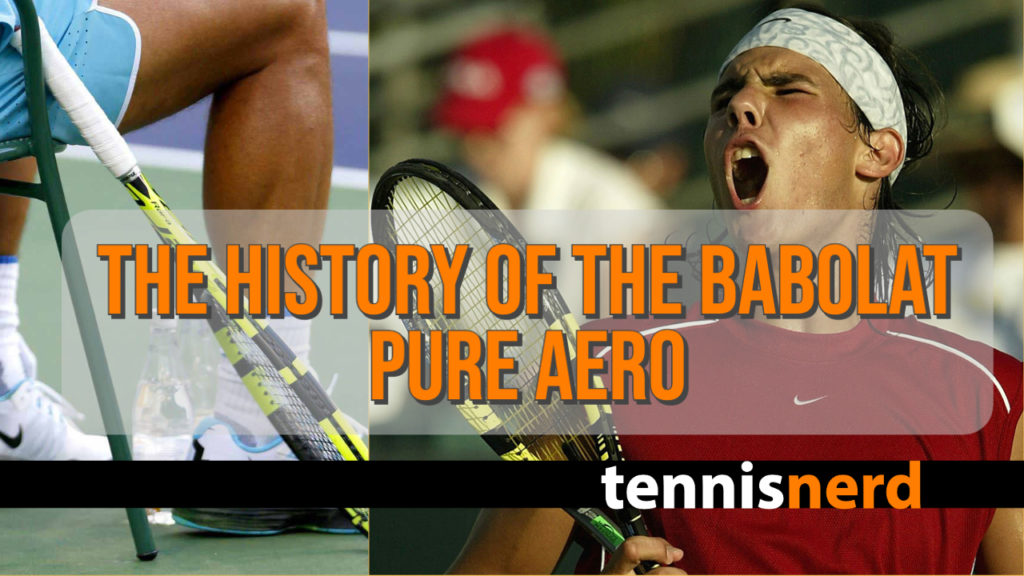
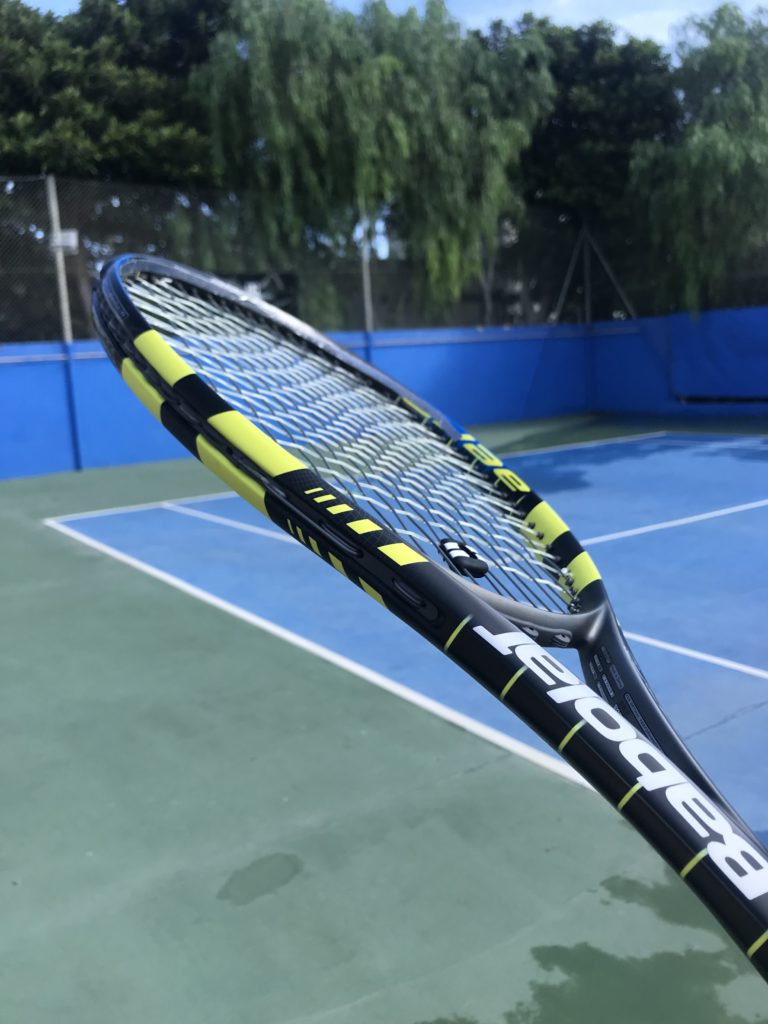
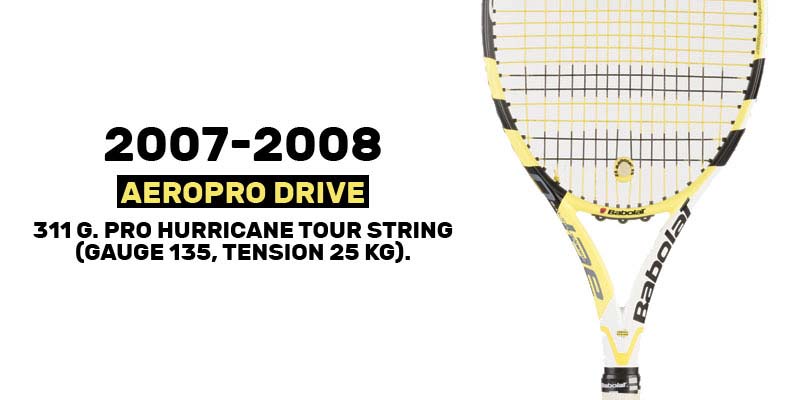
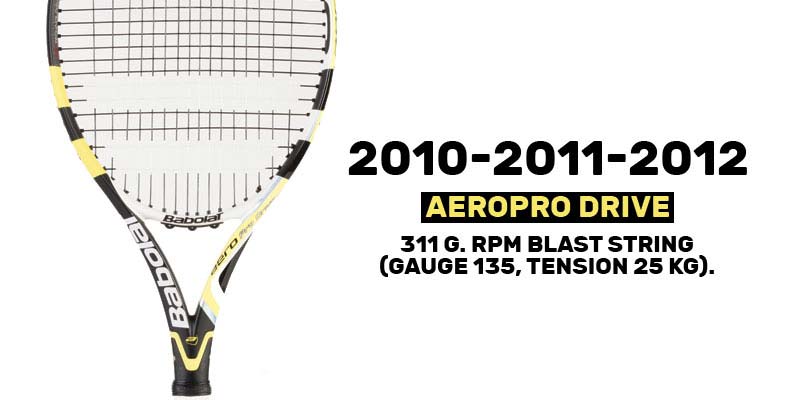
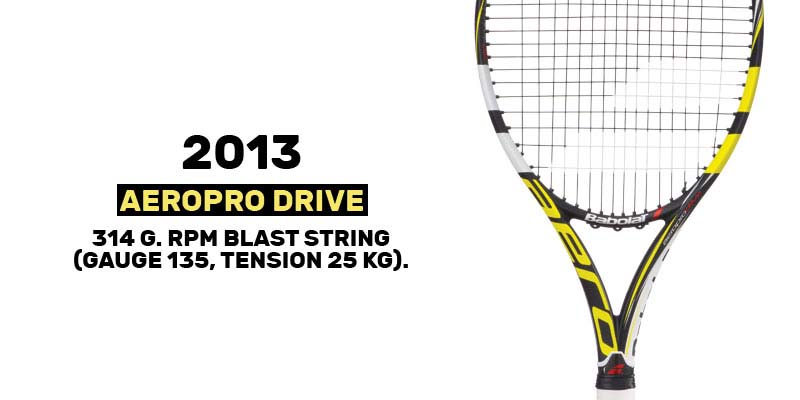
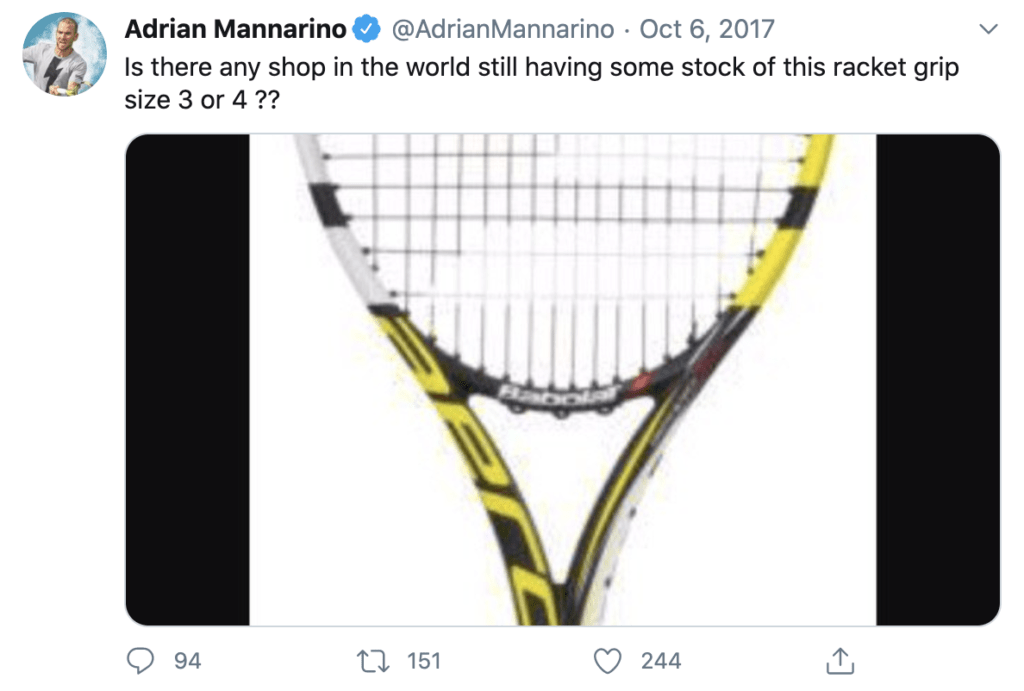
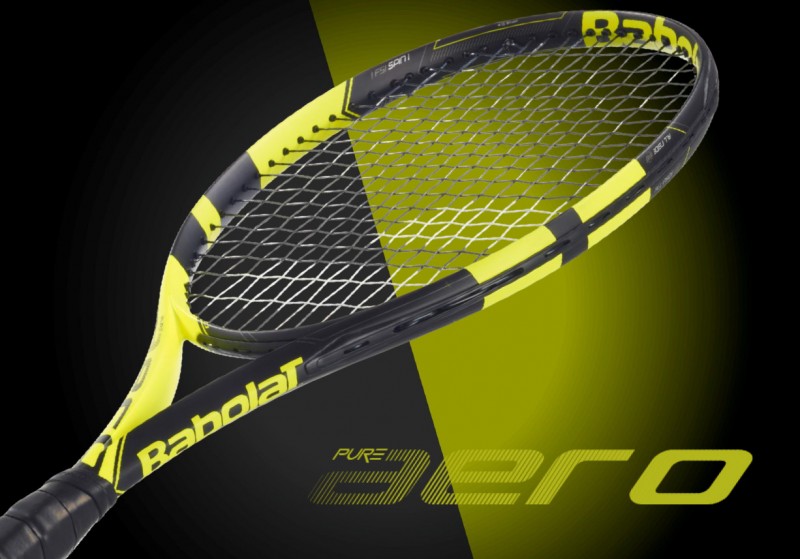
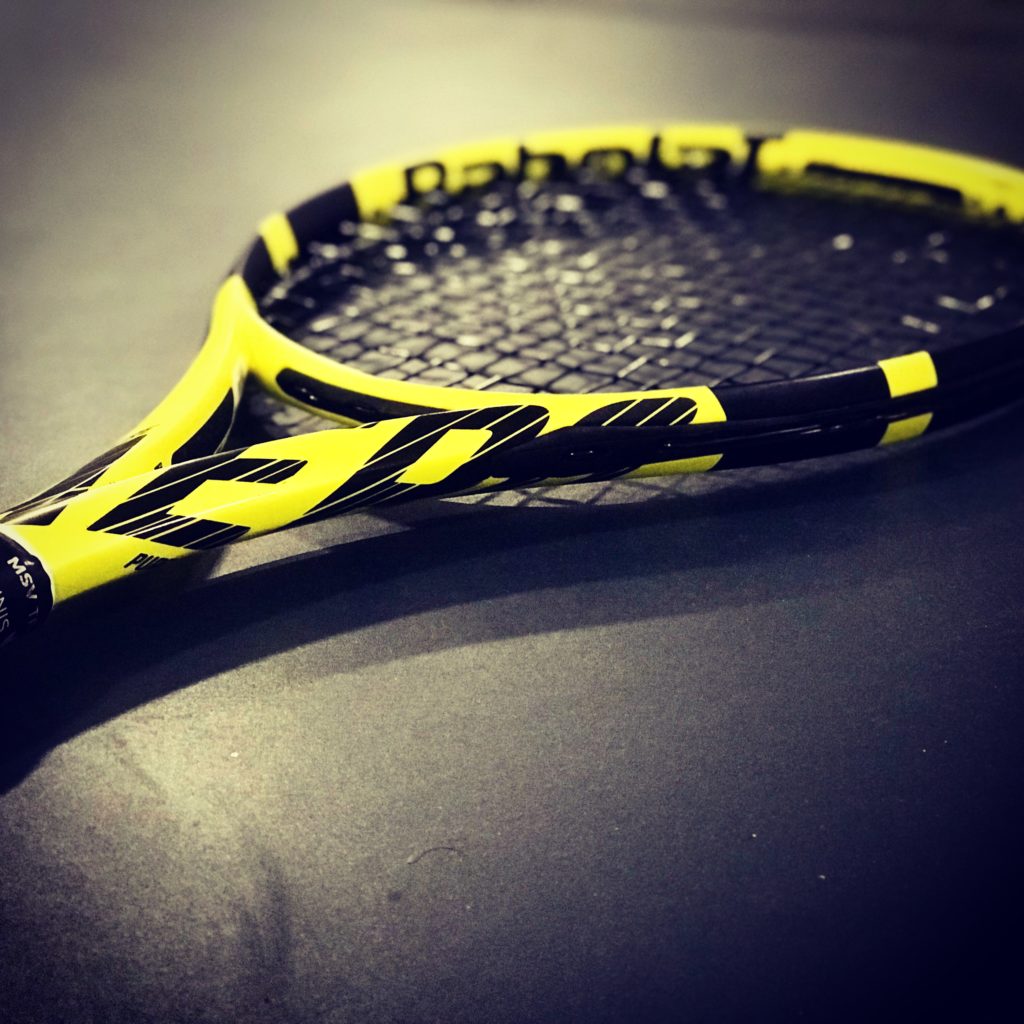









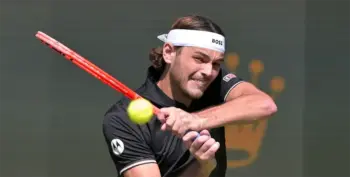

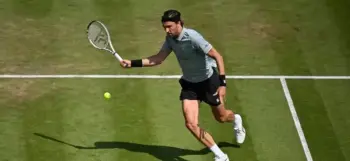
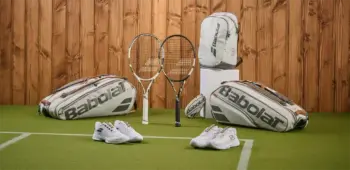


Hallo Jonas,
have you ever hitten with a AeroPro Drive 2013 GT? Would be really interesting to see what string setup (string and tension) you would recommend.
Maybe I am having a Mandela affect moment, but before they made the aero pro drive, there was a line of aero racquets from babolat that weren’t very popular. I can’t seem to find any info on them anywhere. Do you know anything about them?
Hi Jonas!
I recently discovered a “homemade” method for measuring the Twistweight of rackets in the article “Measuring the inertial properties of a tennis racket” I found on ScienceDirect, and measured my 2013 Aeropro as I had read somewhere that the original had a very low TW (below 13) to enhance spin, but they pumped it up considerably since the GT model. Indeed mine clocked at 15 strung. So just out of curiosity I bought a cheap used APD original, and measured 14.4 unstrung (so basically 15 or little higher strung). Is this thing about the super low TW of the original a myth?
Hi Miguel, I actually hit with the APD Original yesterday, I never heard of it having low twist weight and it does not play as such. One of the best Aeros, if not the best.
Great stuff, thank you for the summary!
Will you include the 2023 model also?